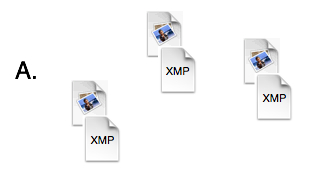2025 January 08
Metadata matching: beyond correctness
https://0-doi-org.libus.csd.mu.edu/10.13003/axeer1ee In our previous entry, we explained that thorough evaluation is key to understanding a matching strategy’s performance. While evaluation is what allows us to assess the correctness of matching, choosing the best matching strategy is, unfortunately, not as simple as selecting the one that yields the best matches. Instead, these decisions usually depend on weighing multiple factors based on your particular circumstances. This is true not only for metadata matching, but for many technical choices that require navigating trade-offs.






